CAR WASHING AT HOME
Forget going to a car wash where your vehicle is pummeled by excessive force and questionable chemicals – you can wash your car quickly and easily at home with the right equipment and know-how.
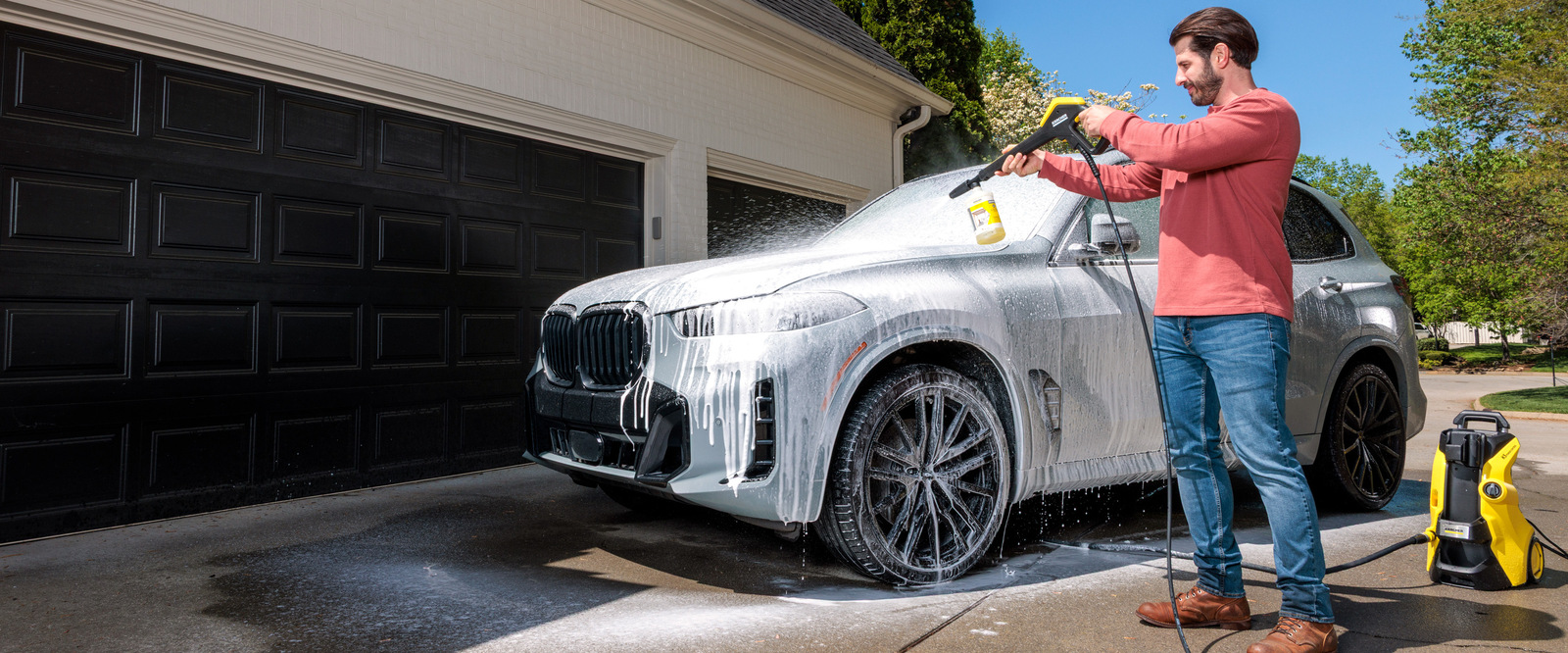
Our Recommended Pressure Washer Kits for Car and Home
Why should you wash your car regularly?
Whether it's a collector's item or your pride and joy, you should wash a car at regular intervals. Grime and particulates can settle on the body of your car at any time of year - be it salt in winter, pollen in spring, insects in summer or wet leaves in autumn.
If debris and dirt is not removed, it can eventually cause damage to the paintwork. Regular cleaning therefore not only gives the car a new shine but also helps to preserve its value. With the following tips, your car be clean in no time again.
Attention: Follow regulations
Whether you can wash your car at home depends on your local regulations. Drought and other conditions may result in water use restrictions. Check first with your city's website or homeowner's association (HOA).
Washing on private property is usually allowed, as long as the water flows into a sewage system or vegetated area, but not into a storm drain.
Some tips for responsible car washing at home:
- Use biodegradable, phosphate-free water-based soap.
- Use a pressure washer to minimize water usage and runoff.
- When possible, wash on an area that absorbs water, such as grass or gravel. This can help absorb the water and filter cleaning agents. Or if you must wash your car on concrete or asphalt, find a spot that drains into the sewage system or a vegetated area.
- If you use a bucket to wash any areas by hand, be sure to empty it into a sink or toilet instead of pouring it on the ground.
DID YOU KNOW? A pressure washer uses up to 80% less water than a garden hose to wash a car or clean your home.
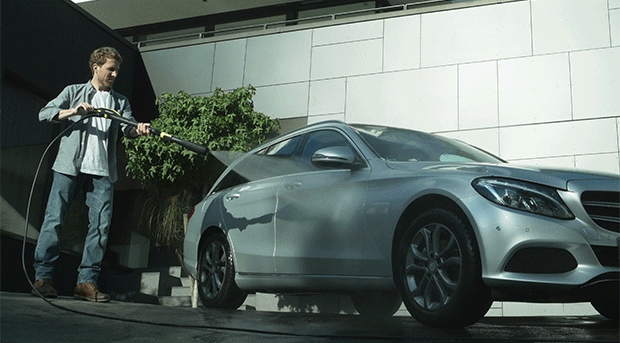
How to wash your own car: step-by-step guide
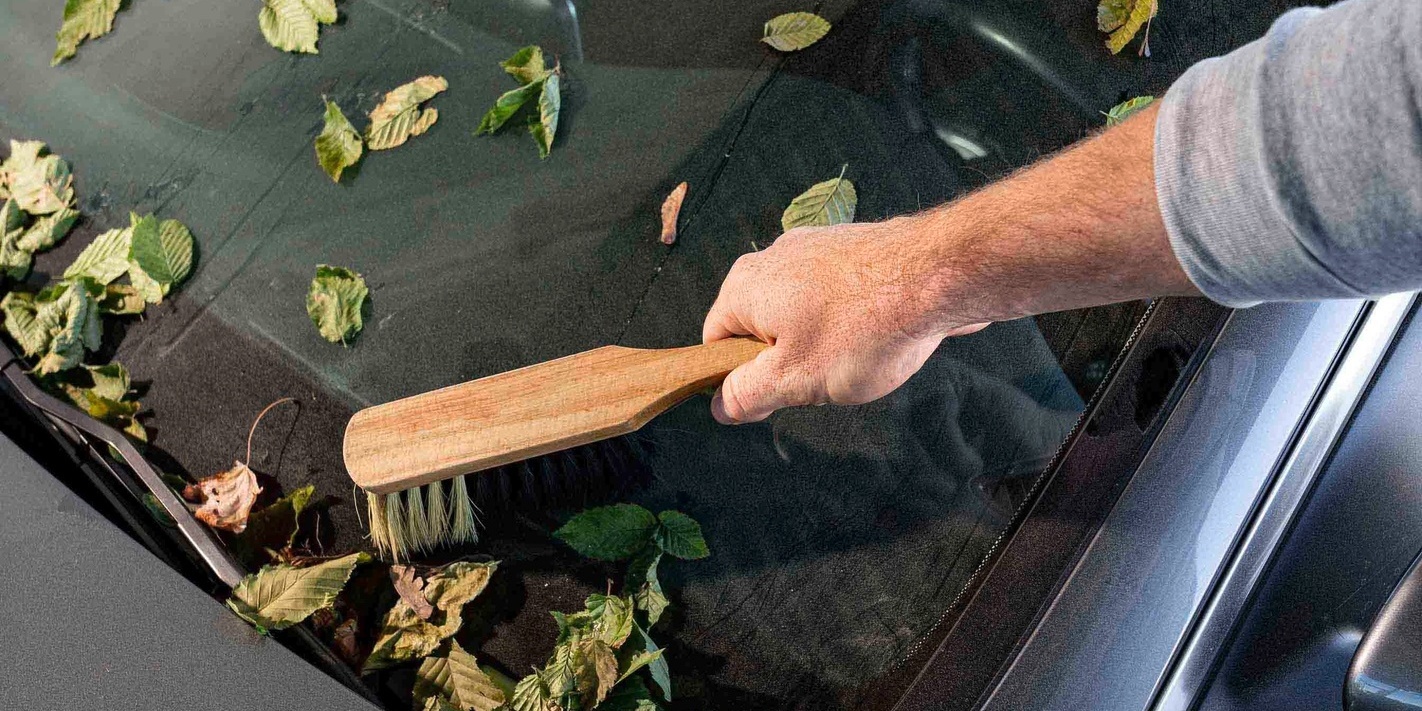
Step 1: Remove loose dirt and debris
Before you start washing the car, remove loose dirt such as leaf debris or petals by hand or with a soft brush.
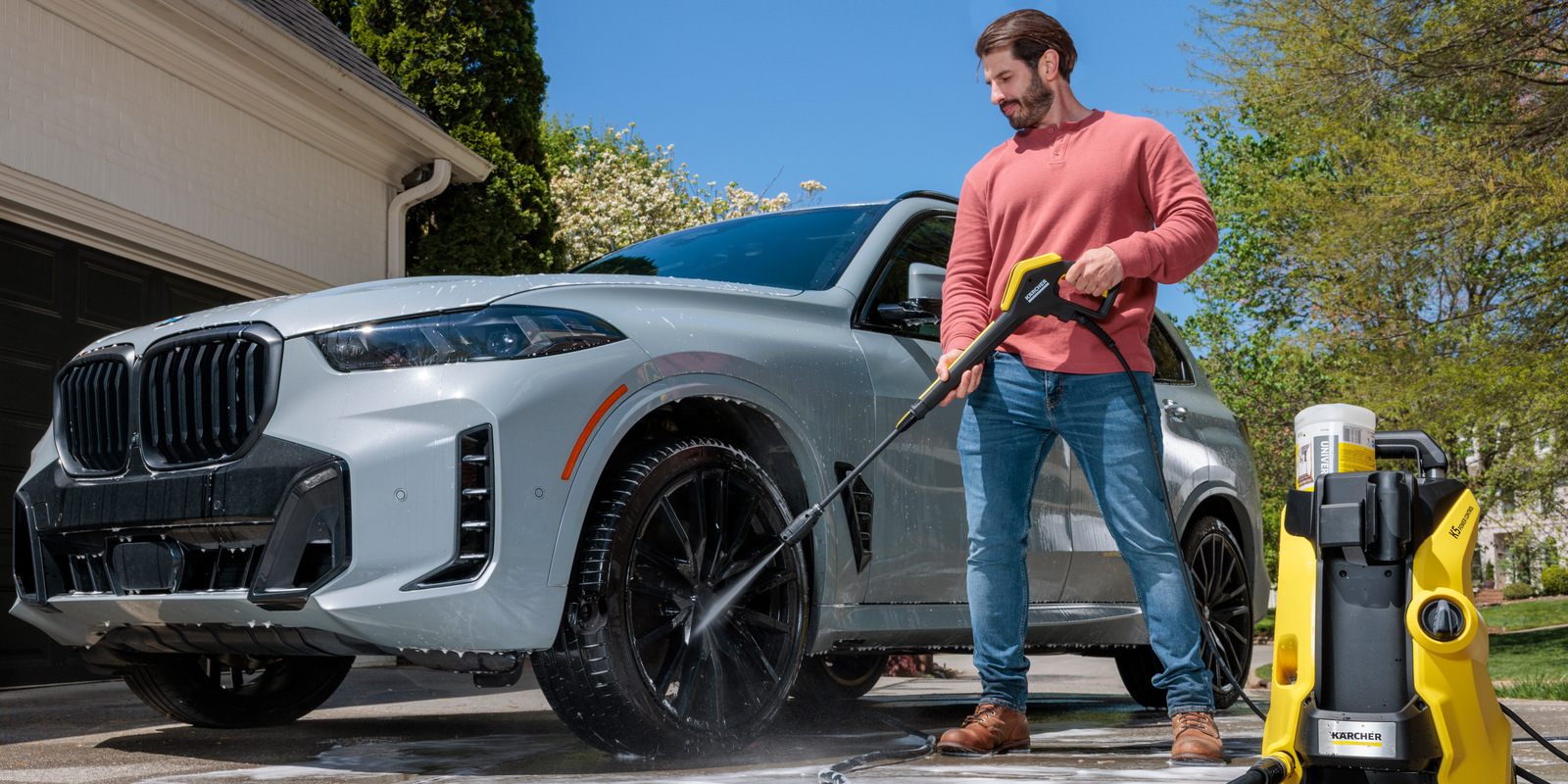
Step 2: Pre-cleaning
Now it's time to pre-clean: Loosen coarse dirt with the pressure washer and use the Vario Wand or a medium pressure nozzle to remove any debris that could scratch the surface when you later use a soft-bristle brush.
If you don't yet own a pressure washer, pre-clean your car by hand with a spray gun attached to a garden hose or a bucket of water and a soft sponge.
If necessary, pre-treat and clean rims. The wheel wells should also be taken into consideration during the prewash phase because dirt is particularly difficult to remove from this area.
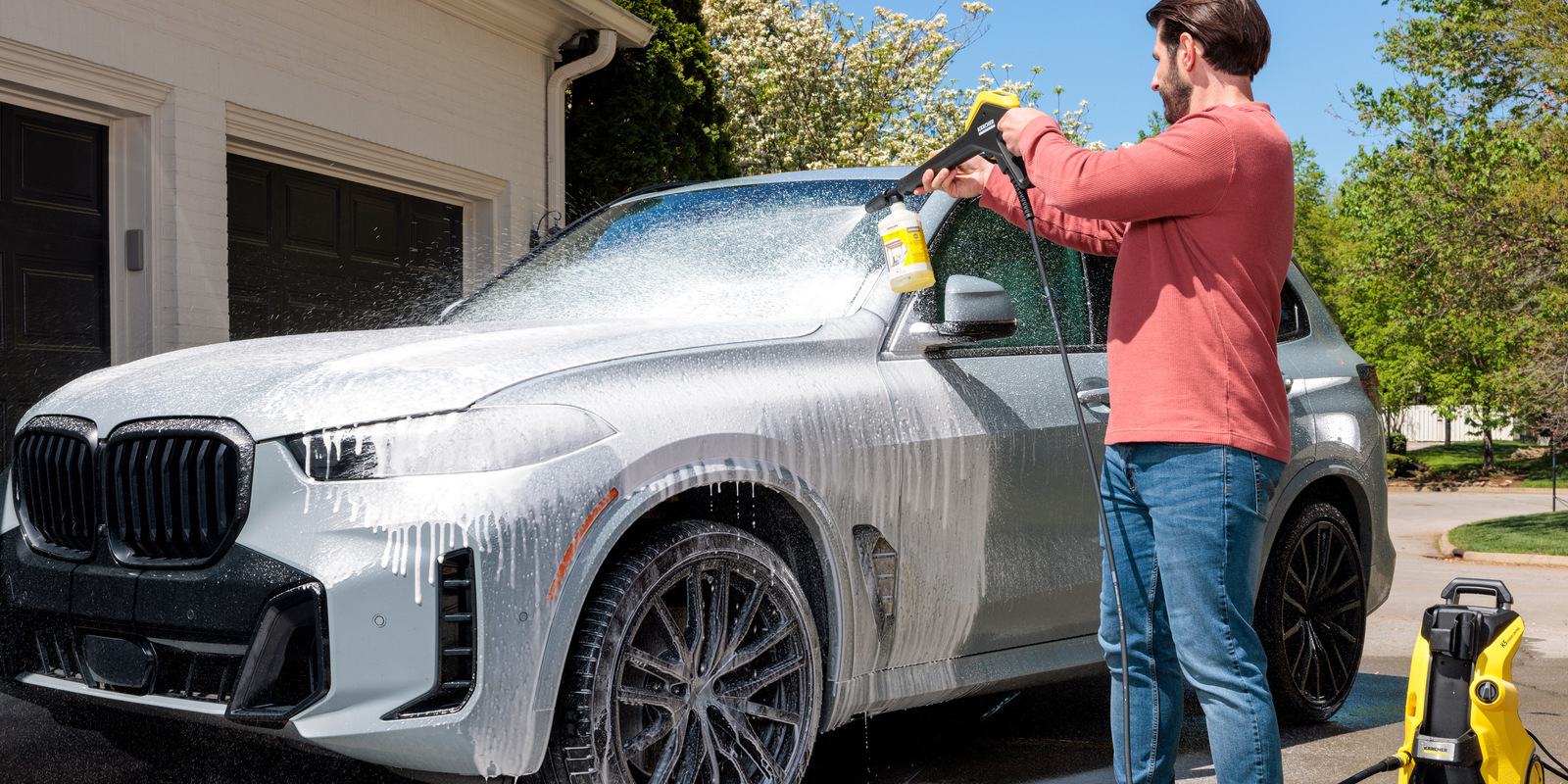
Step 3: Apply soap
Now, using the detergent function on the pressure washer, clean the entire car with Vehicle Wash & Wax (ideally) or with a Multipurpose Cleaner.
Make sure you do this from the bottom up and leave it on to briefly soak into the dirt and loosen it. It is particularly easy to apply the soap with a foam nozzle. All of our pressure washers for car cleaning include a foam nozzle.
Alternatively, you can apply the detergent to the car’s body with a soft sponge. Note: Do not create mountains of foam, otherwise the foam may slide off due to its own weight and won’t have enough time to soak in.
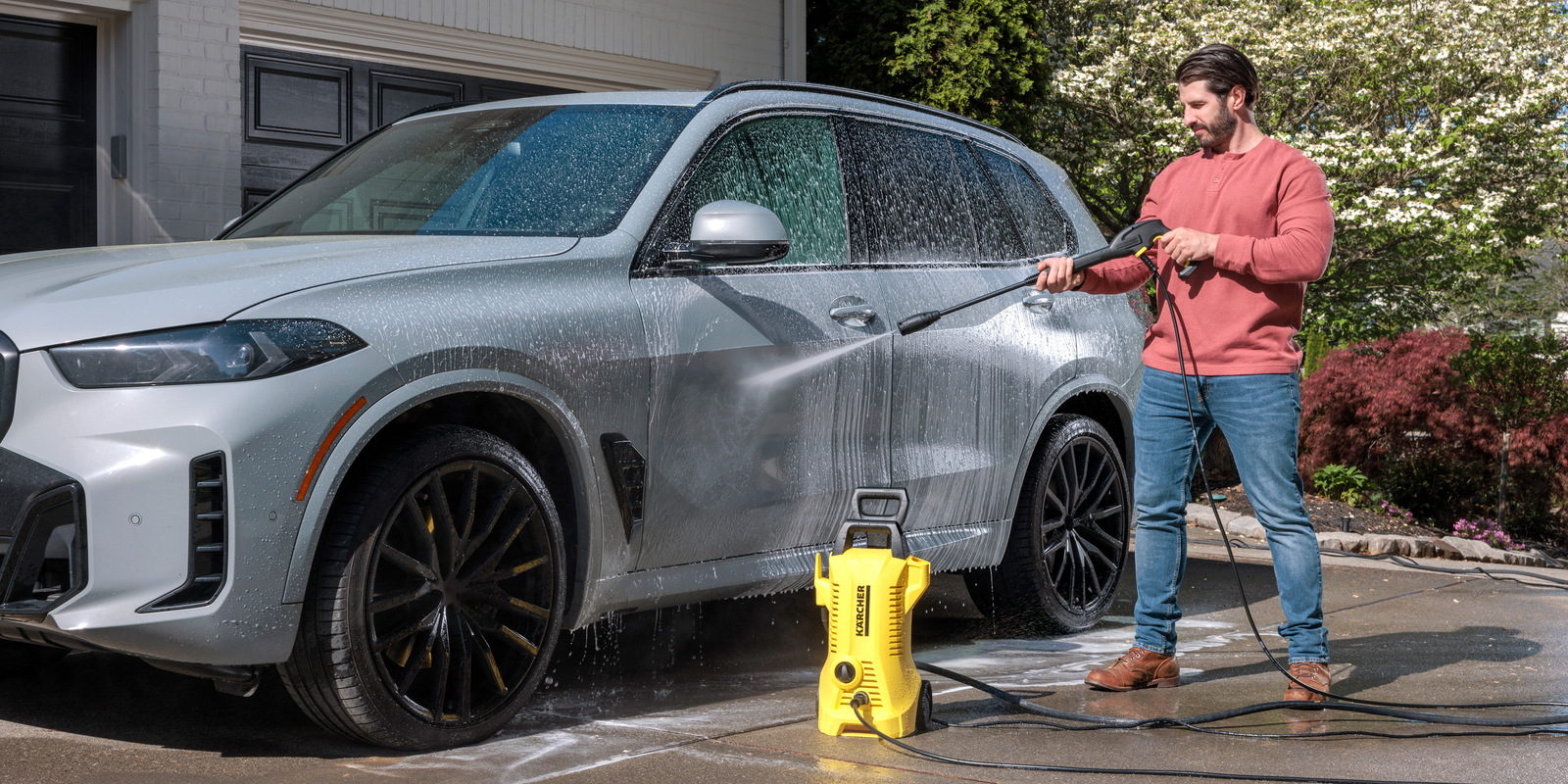
Step 4: Rinse off your car
Then wash the car with the pressure washer and clean water. Always work with the low to medium pressure setting or nozzle for vehicle rinsing, and keep an 8-12 inch distance from the car’s surface or a 12-18 inch distance from the tires.
Alternatively, a soft wash brush and/or a rotating wash brush can be connected to the pressure washer. This removes debris even more thoroughly. Tip: Always wash the car from the bottom up. This makes it easier to see which areas still need to be worked on. Our pressure washers for cars include at least one brush that is designed for vehicle cleaning.
If you don’t yet own a pressure washer you can also rinse the car with the garden hose and a spray nozzle.
Tip
When applying the cleaning product with a pressure washer, it is better to use a slightly higher concentration of cleaning product sparingly, rather than a large amount that is highly diluted, as this can reduce the effectiveness.
Step 5: Leave car to dry and touch up paint
Once the car has been thoroughly rinsed, leave it to dry or use a leather cloth. Touch up minor dents and scratches that are now noticeable. After thoroughly cleaning the exterior, you can start cleaning the interior.

Remove stubborn dirt from car
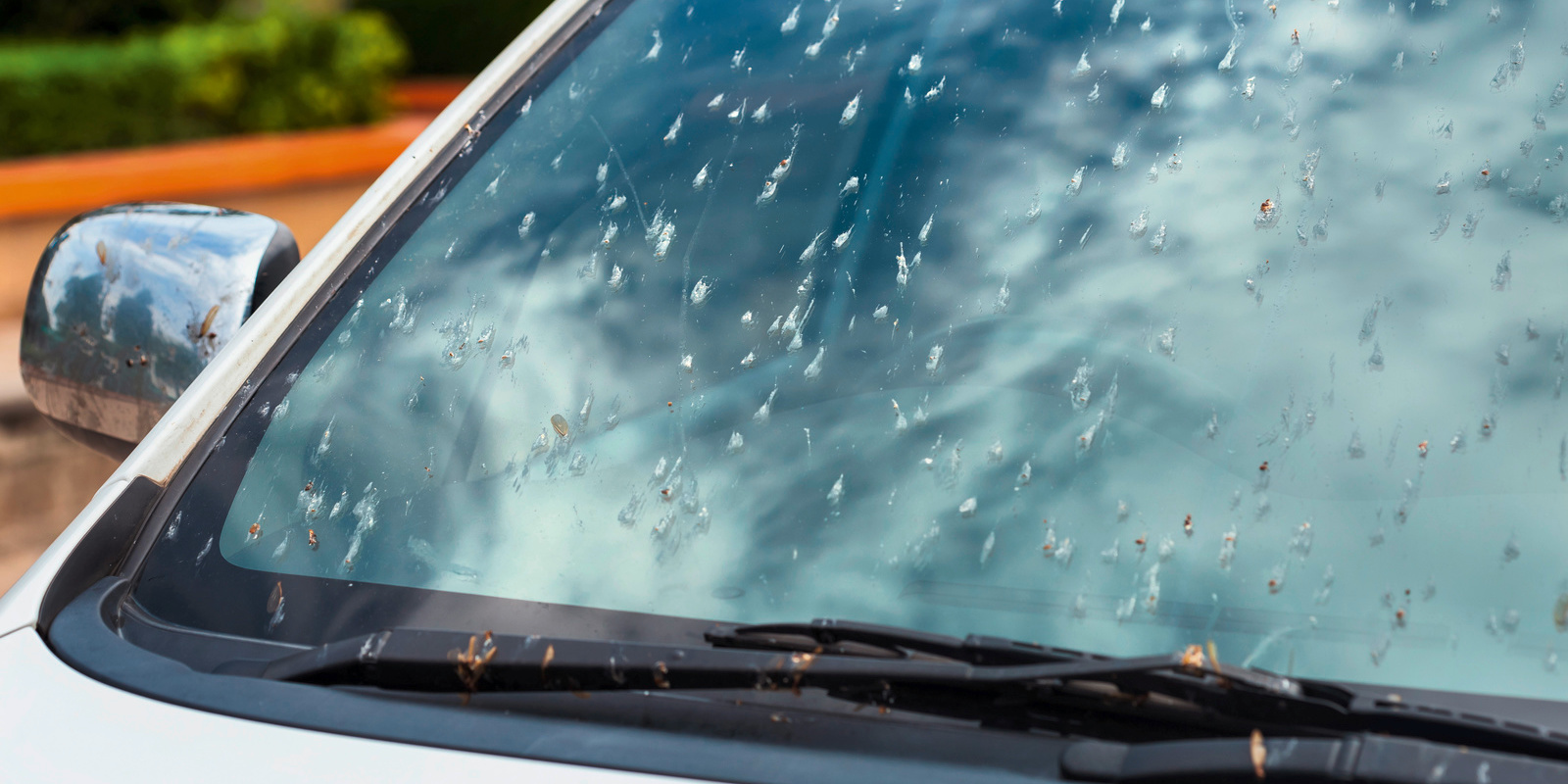
Insect residue
Insect residue can be removed with a special insect remover. The residue can then be gently removed from painted surfaces, radiator grilles, exterior mirrors, windows, and plastic. Simply spray the cleaner onto the affected areas after pre-cleaning your car, allow to soak in, and then rinse off with clean water. Alternatively, dirt can be soaked with a wet paper towel and simply removed after a good 15 minutes.
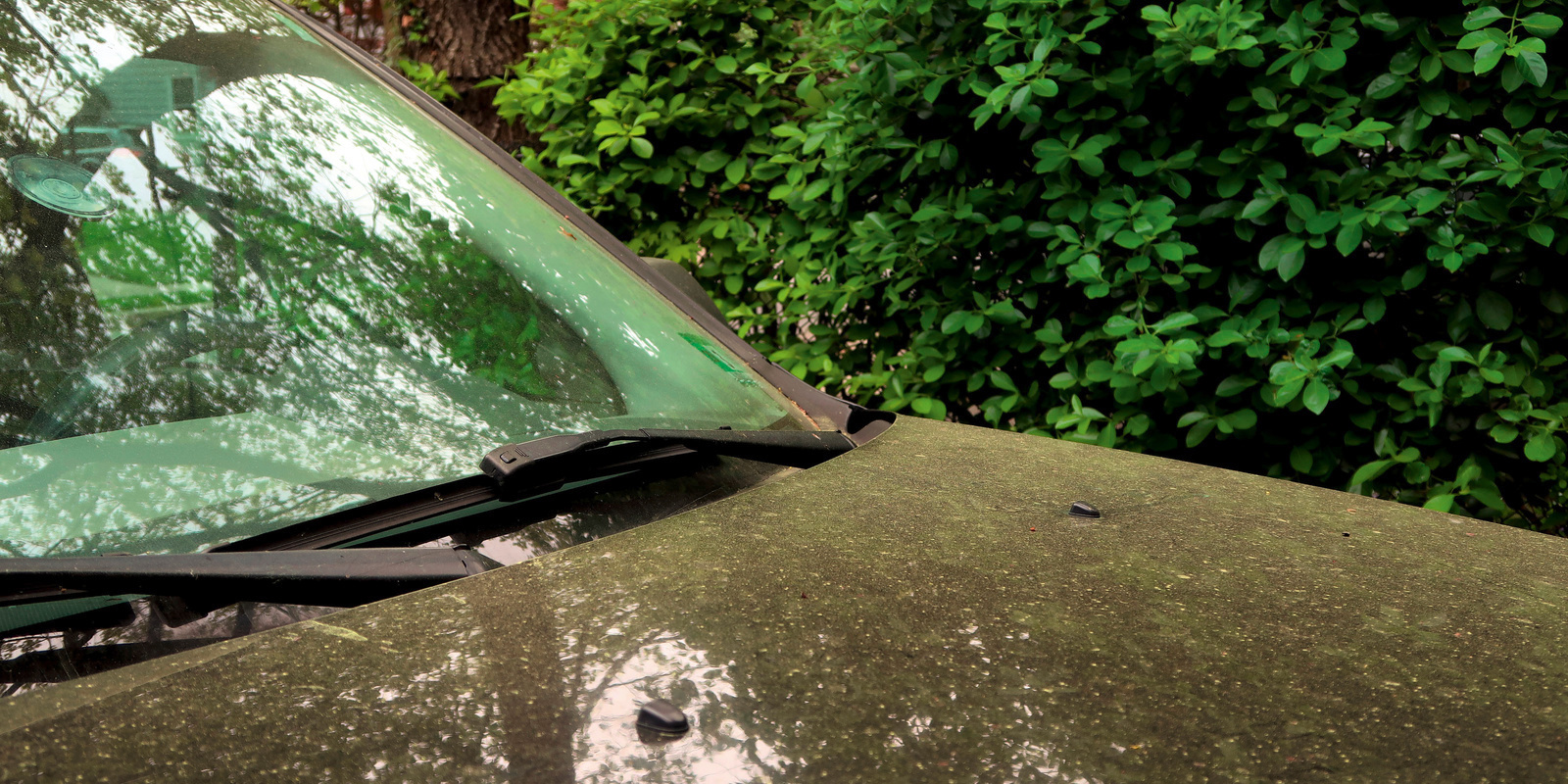
Tree sap
If you discover tree sap on your paint, act quickly. The fresher it is, the easier it is to remove with warm water and a sponge, a pressure washer, or by going through the car wash. If the tree sap has already dried, two home remedies can help: either apply a few drops of door lock de-icer to the affected areas or apply some grease. You can alternatively use butter, margarine or cooking oil. After a few minutes, the sap can be wiped off with a soft cloth.

Bird droppings
Bird droppings that have not been removed from the car can damage the paint, especially in the summer months. Don’t wait to remove them. Important: Dried-on droppings should never be loosened by rubbing them, as this can scratch the car. Instead, soak the affected area using lukewarm water and a kitchen towel before washing the car with a pressure washer. The feces can then easily be wiped off with a soft sponge or damp cloth.
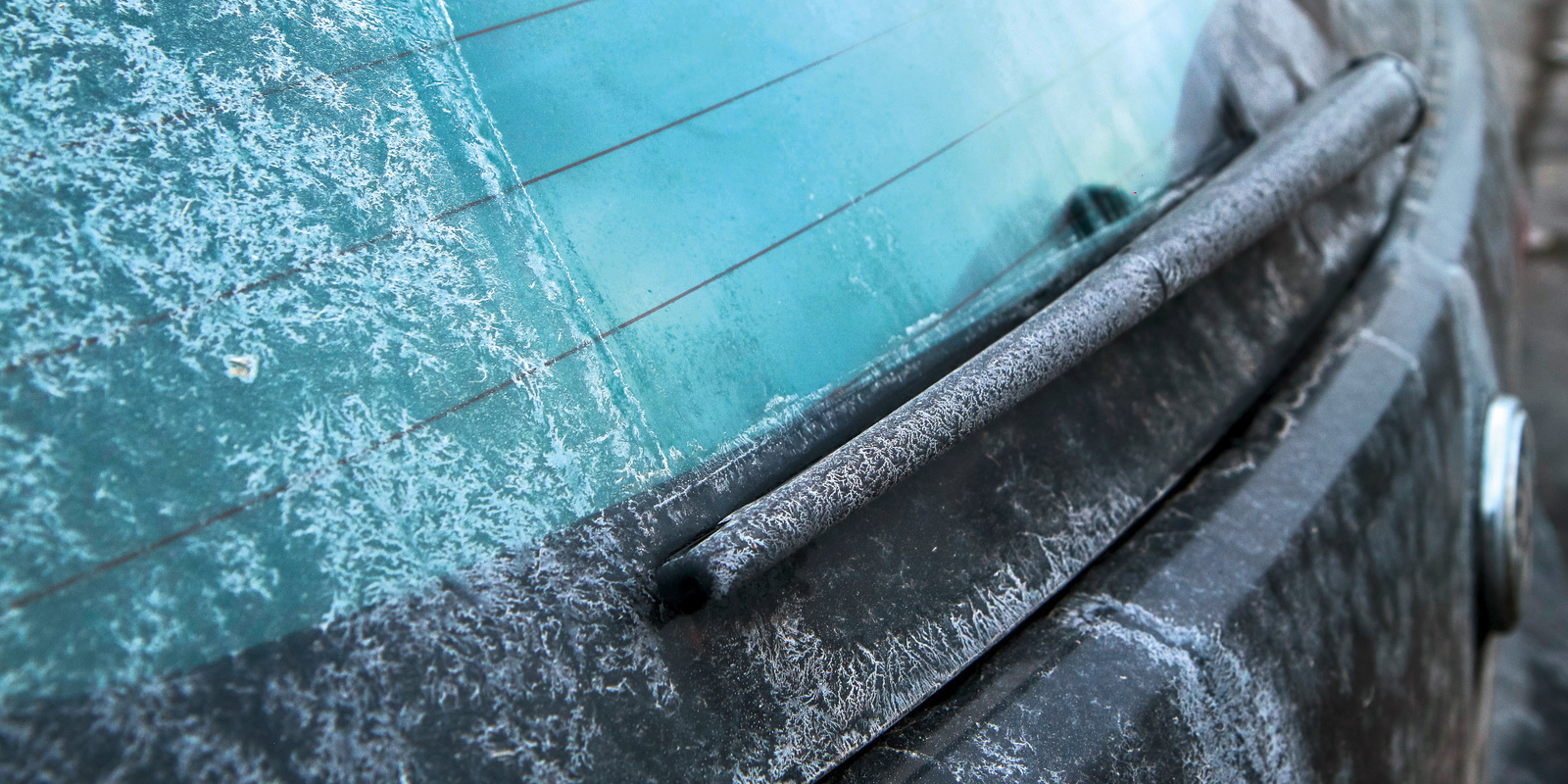
Salt residue
Street salt and grit should be washed off the car regularly in winter, as it can increase corrosion in already damaged areas, such as paint that already has chips or scrapes in it. Road salt should also be regularly removed from the underbody of the car. To better protect the body from moisture and salt, it is recommended to wash the car thoroughly before winter and then treat the paint with a wax polish to preserve it.
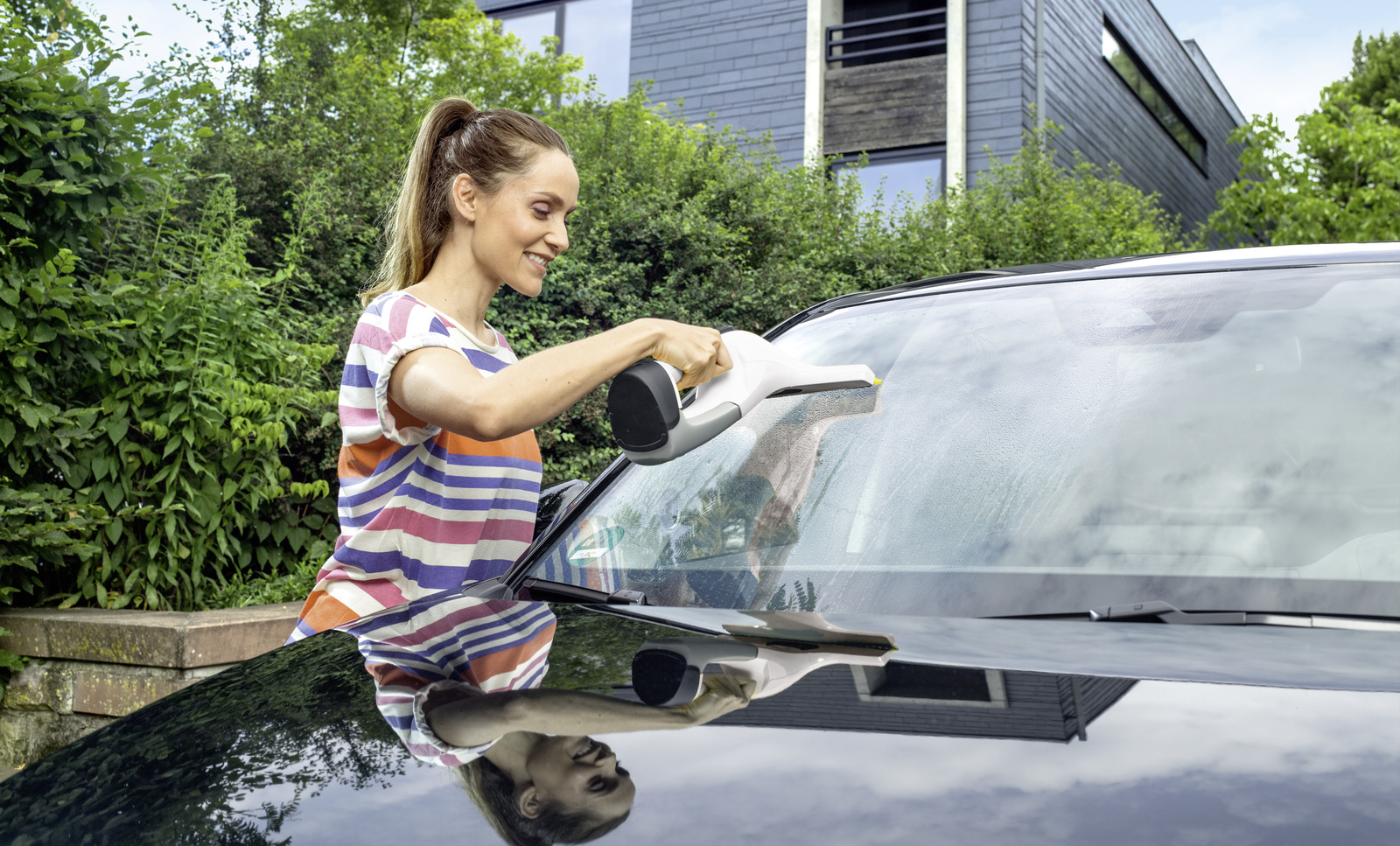
Clean car exterior windows
Frequent drivers and commuters know the problem: dirt, pollen, and insects quickly collect on the windshield during the warm months. Not only does this look shabby, but it can also dangerously limit visibility.
One way to easily clean your vehicle's windows on a more frequent basis is to use a Window Vac. No only does a Window Vac prevent streaks and drips while cleaning, but the cleaning solution it uses helps to minimize future buildup of dirt and debris! The WV 6 Premium also includes a small scraper to help remove insects.


